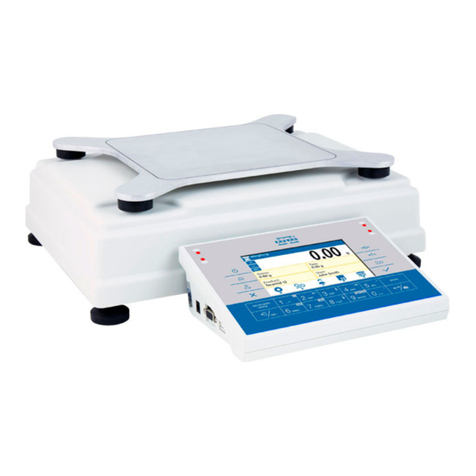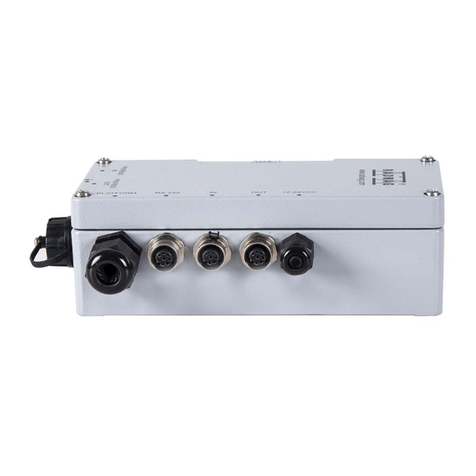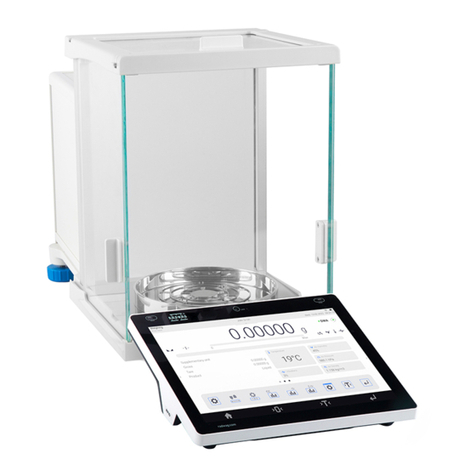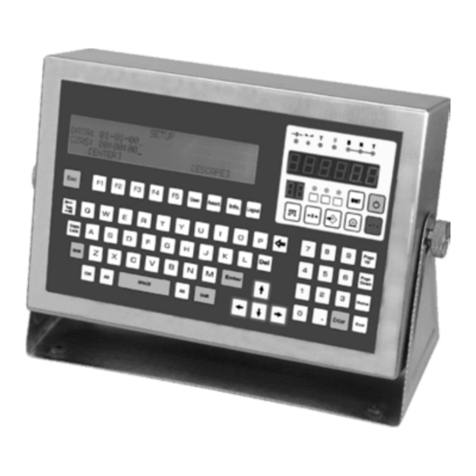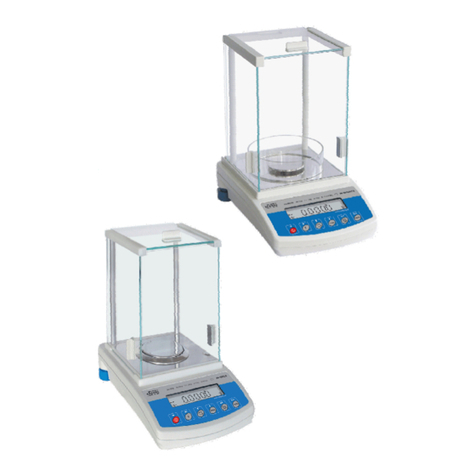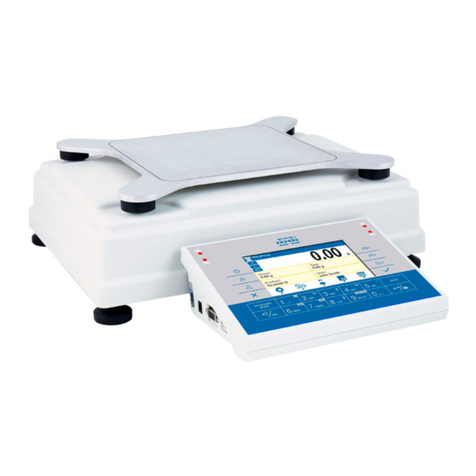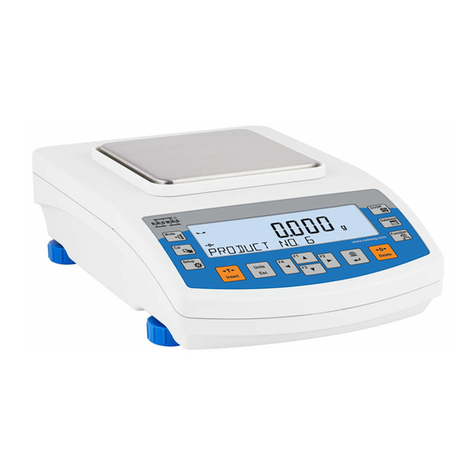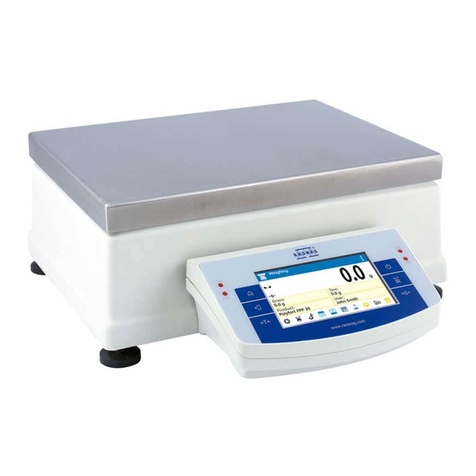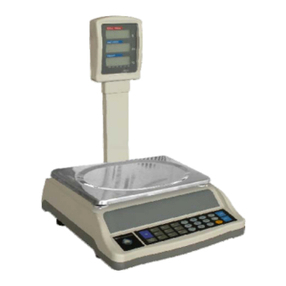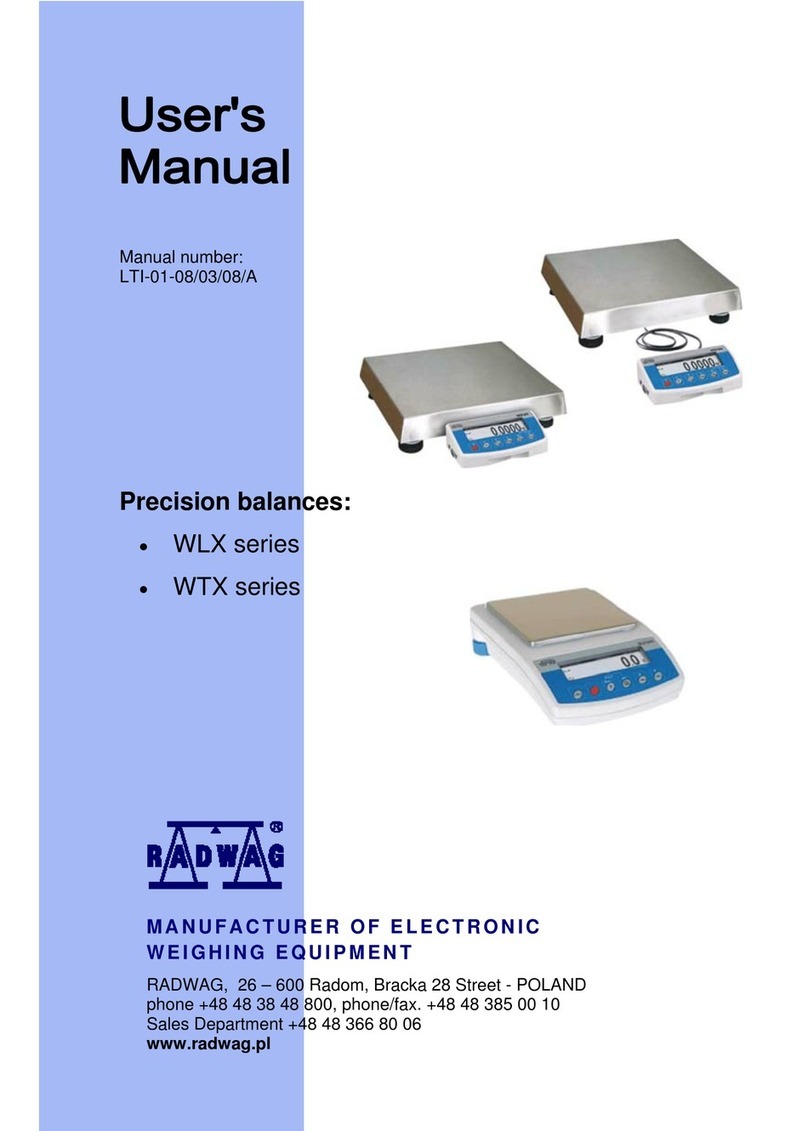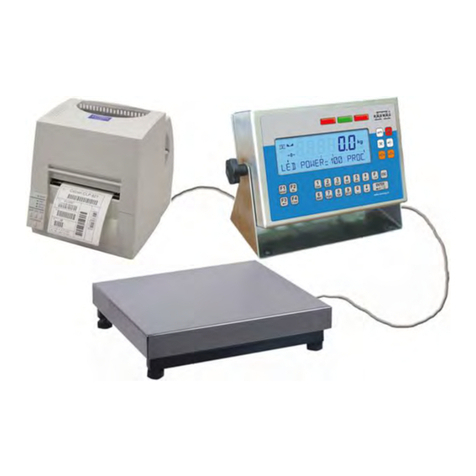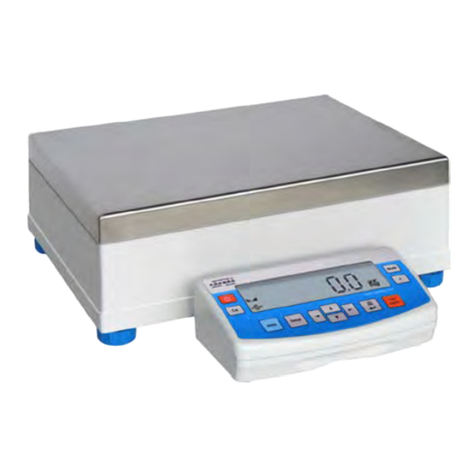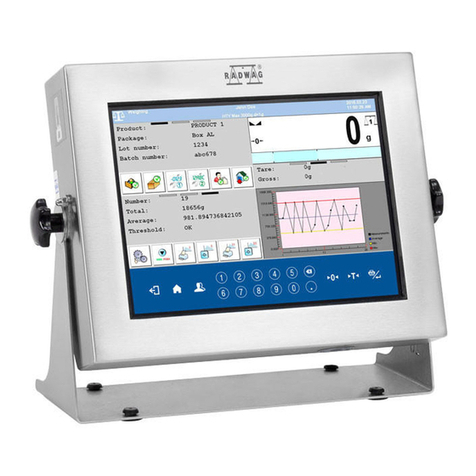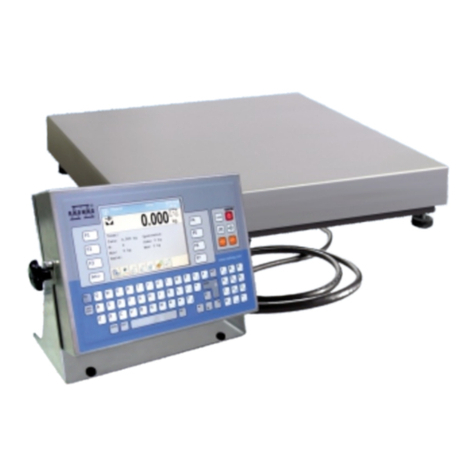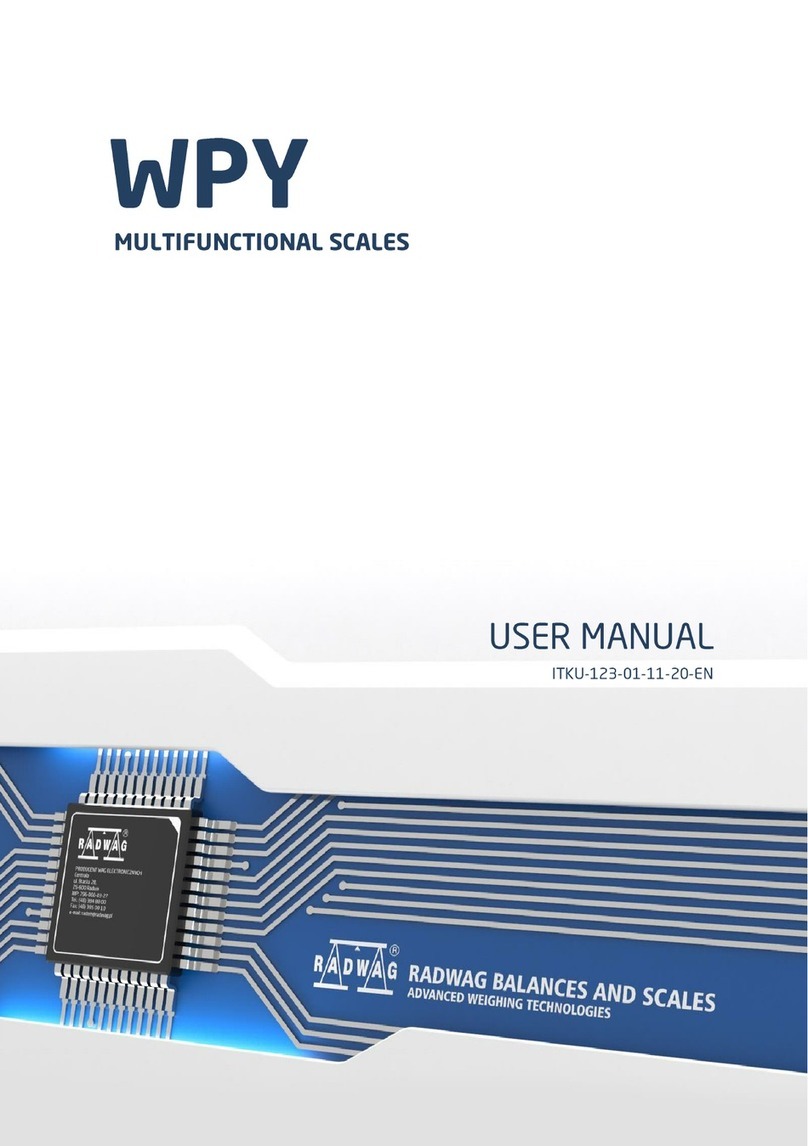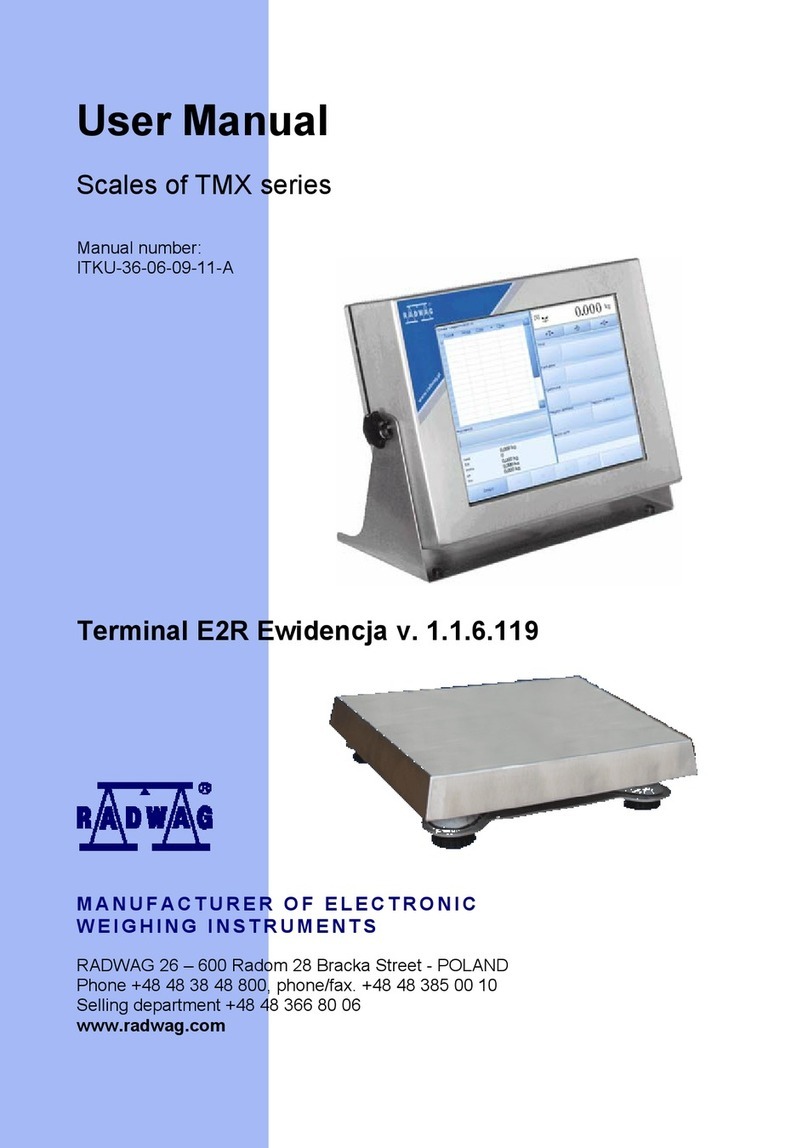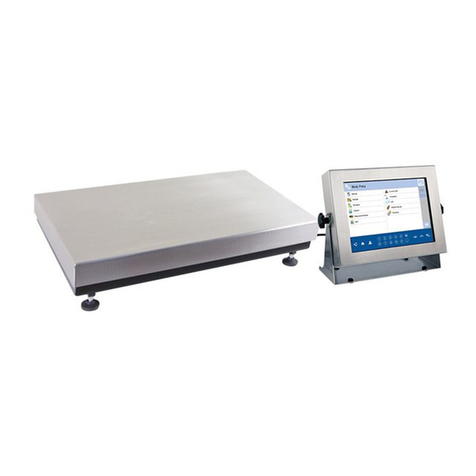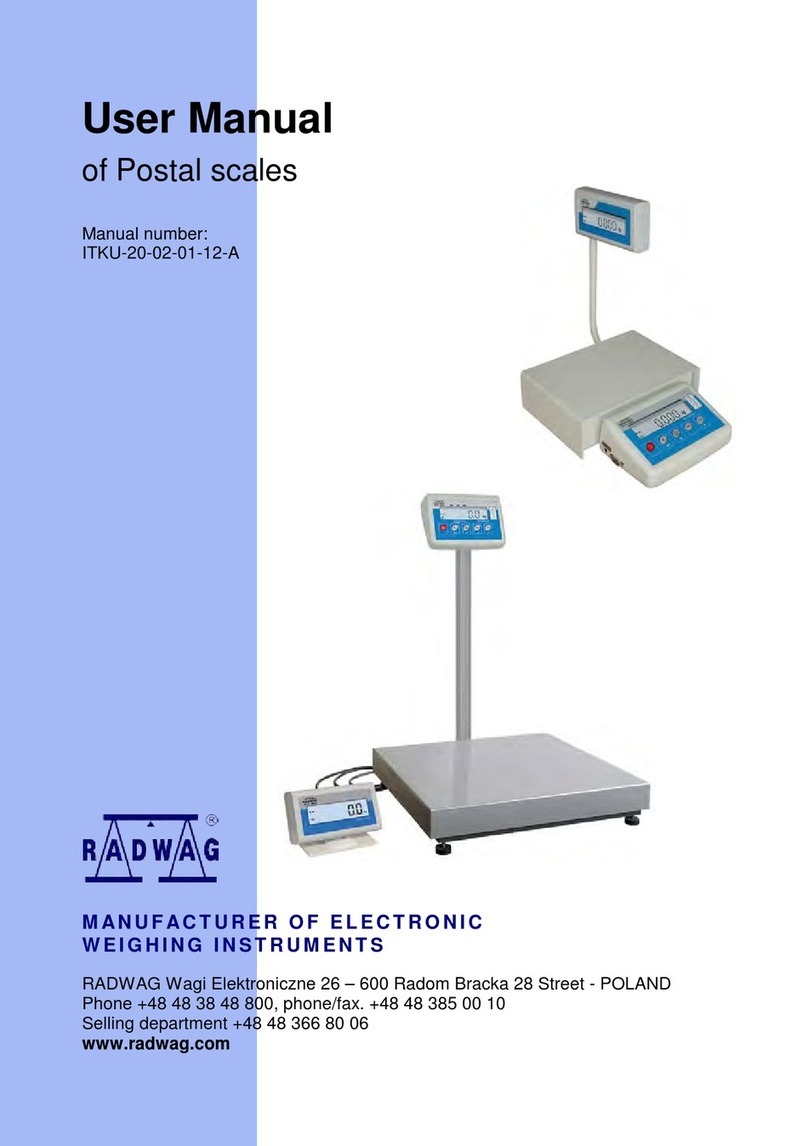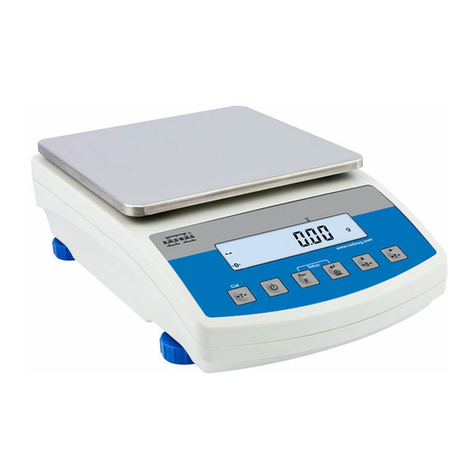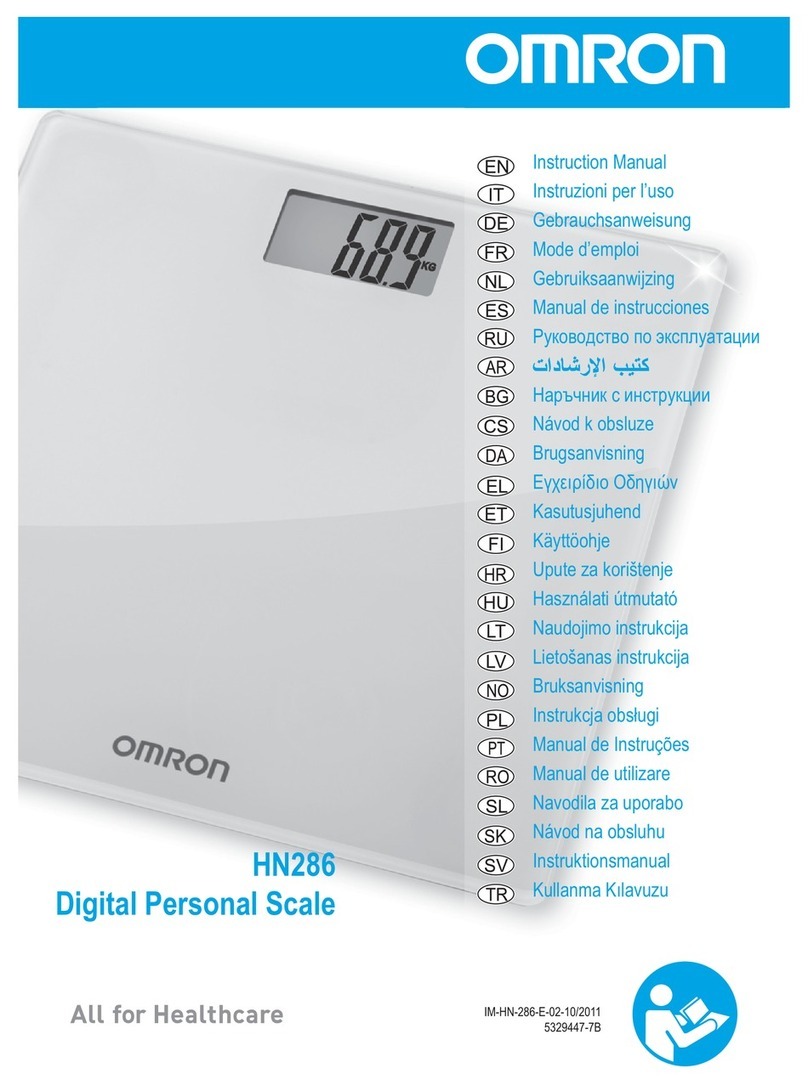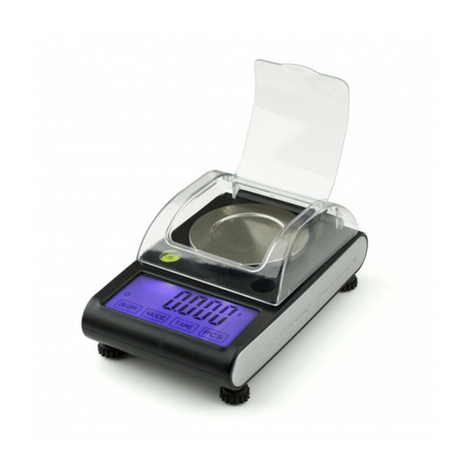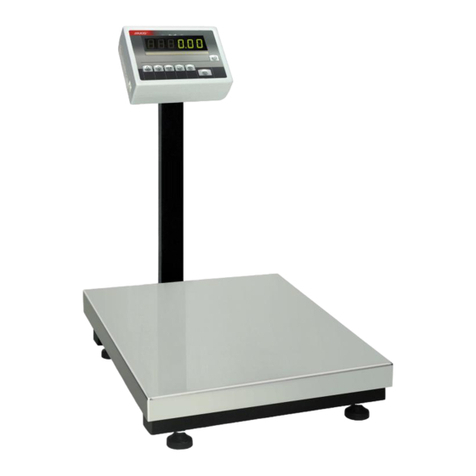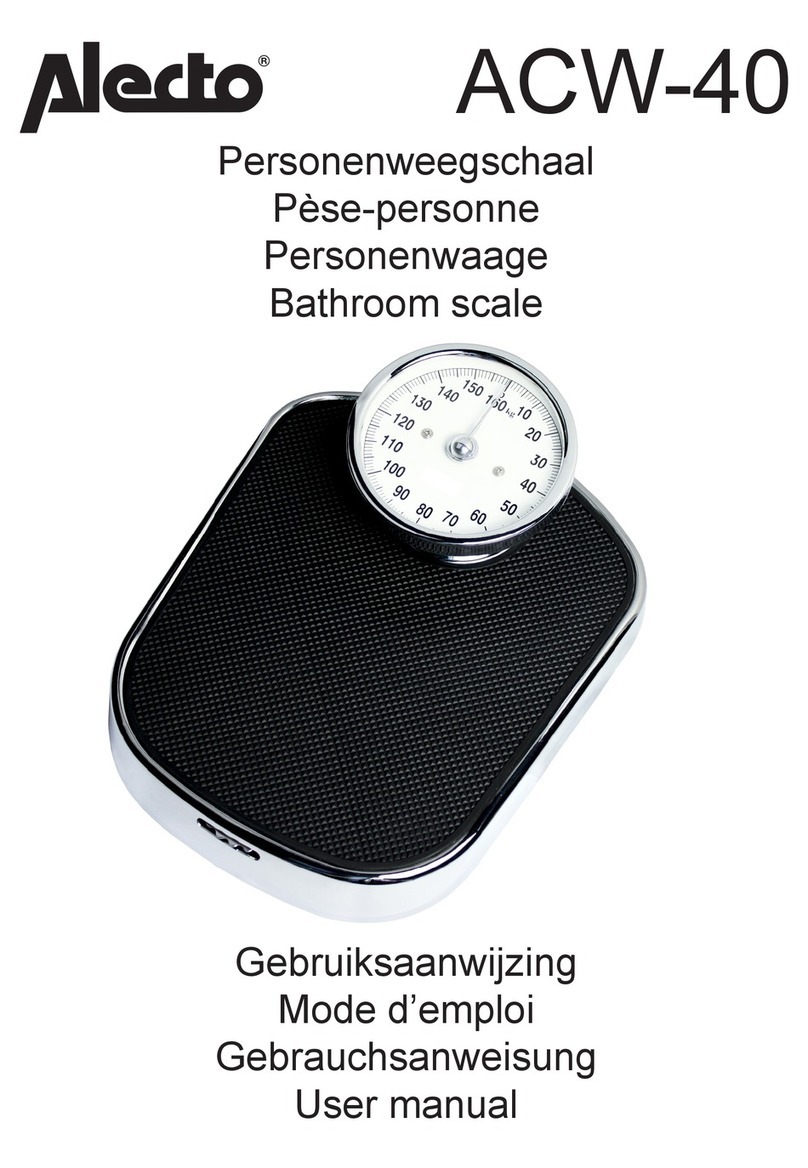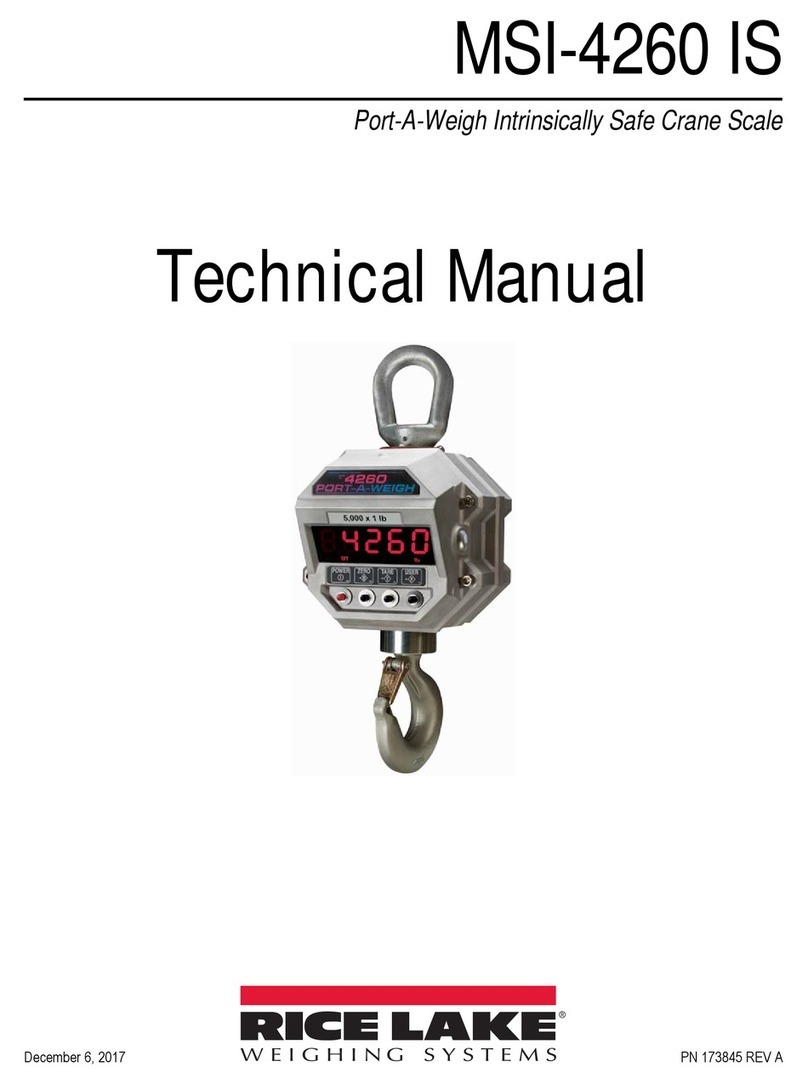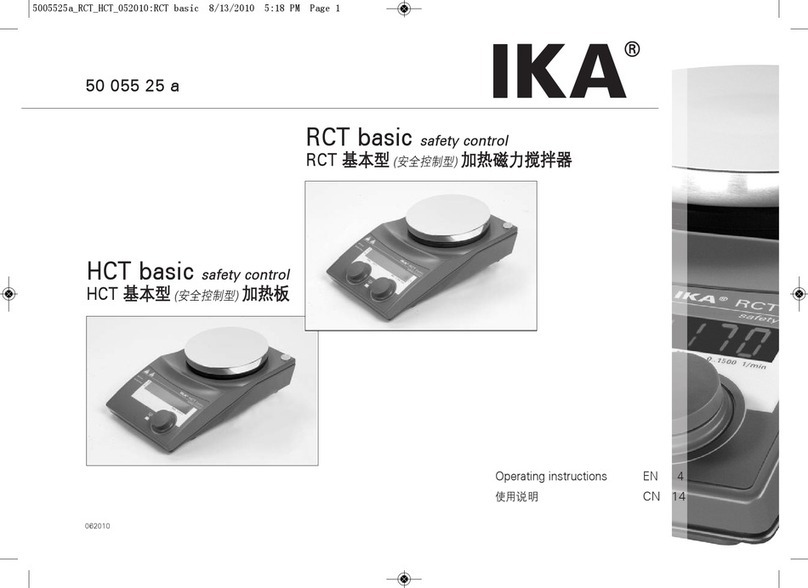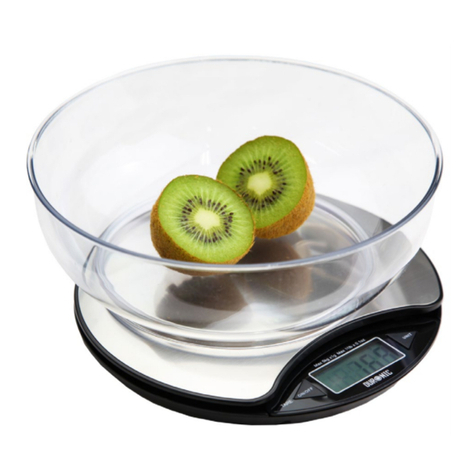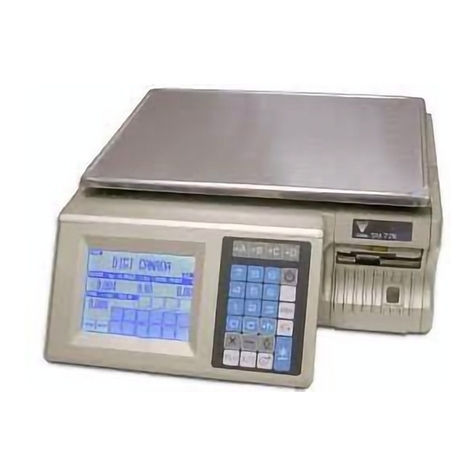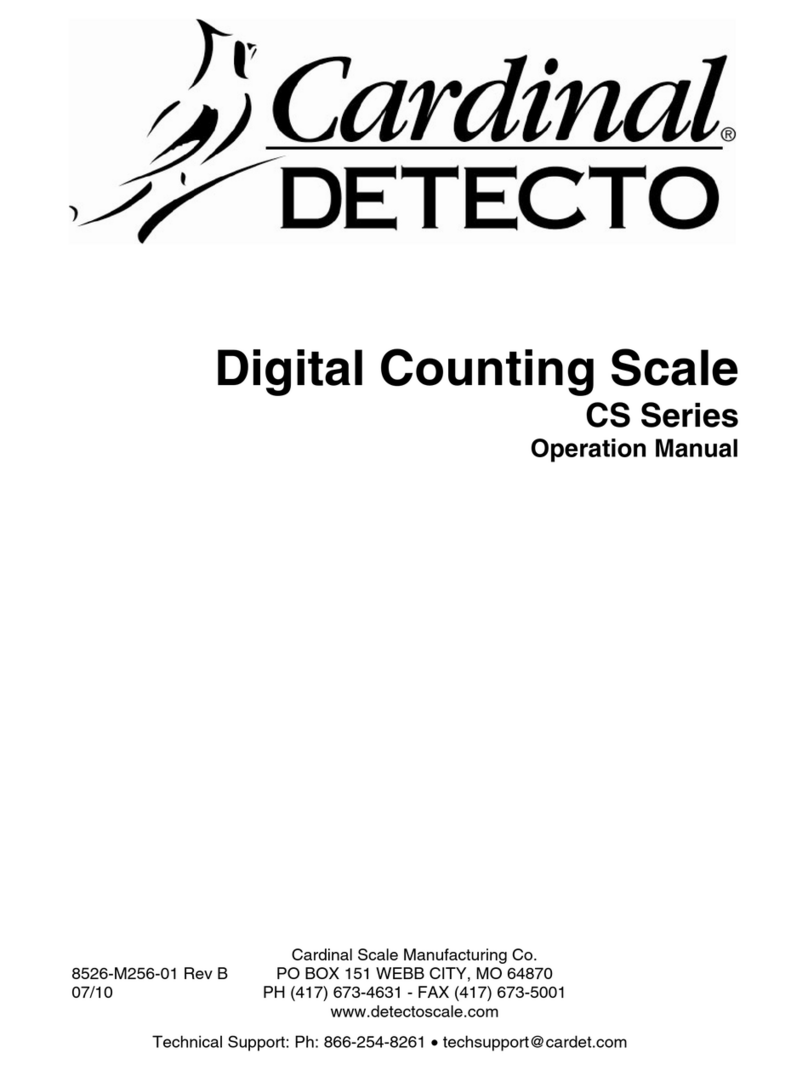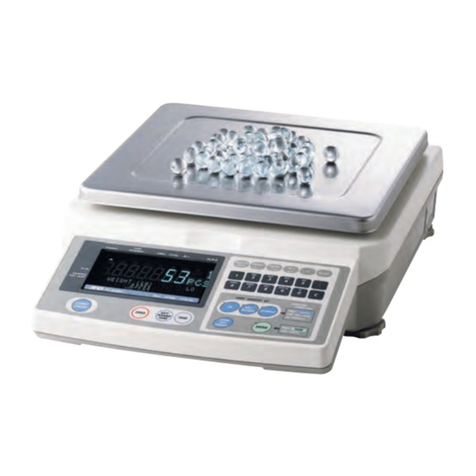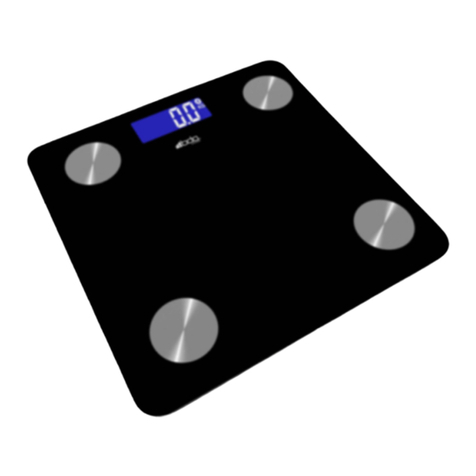27.13. A report on product control ..............................................................155
28. MASS CONTROL............................................................................. 156
28.1. Working mode activating procedure .......................................................156
28.2. Mass control global settings ..................................................................156
28.3. Mass control process............................................................................156
28.4. Printouts ............................................................................................158
28.5. Report on completed mass control processes ..........................................159
29. DATABASES................................................................................... 160
29.1. Processes carried out on databases .......................................................161
29.2. Products .............................................................................................162
29.3. Weighing records ................................................................................164
29.4. Clients ...............................................................................................165
29.5. Formulation ........................................................................................165
29.6. Reports on formulation ........................................................................165
29.7. Reports on density ..............................................................................166
29.8. Controls .............................................................................................167
29.9. Average tares .....................................................................................168
29.10. Pipettes .........................................................................................169
29.11. Reports from pipette calibration processes .........................................170
29.12. Series ............................................................................................170
29.13. A report on SQC ..............................................................................171
29.14. Minimal sample weight.....................................................................172
29.15. Mass controls..................................................................................174
29.16. Ambient conditions ..........................................................................176
29.17. Packages........................................................................................176
29.18. Warehouses ...................................................................................176
29.19. Printouts ........................................................................................177
29.20. Universal variables ..........................................................................179
29.21. Operating database .........................................................................179
29.21.1. Export database of weighing records to file ........................................... 179
29.21.2. Delete database ................................................................................ 181
29.21.3. Delete weighments and reports ........................................................... 182
30. COMMUNICATION ......................................................................... 183
30.1. RS 232 port settings ............................................................................183
30.2. ETHERNET port settings .......................................................................183
30.3. TCP protocol settings ...........................................................................183
31. PERIPHERAL DEVICES................................................................... 184
31.1. Computer ...........................................................................................184
31.2. Printer ...............................................................................................185
31.3. Barcode scanner .................................................................................187
31.4. Transponder card reader ......................................................................187
31.5. Additional display ................................................................................188
31.6. Ambient conditions module ...................................................................189
31.7. Tablet feeder (automatic feeder) ...........................................................189
32. INPUTS / OUTPUTS....................................................................... 190
33. OTHER PARAMETERS..................................................................... 192
33.1. Interface language ..............................................................................192
